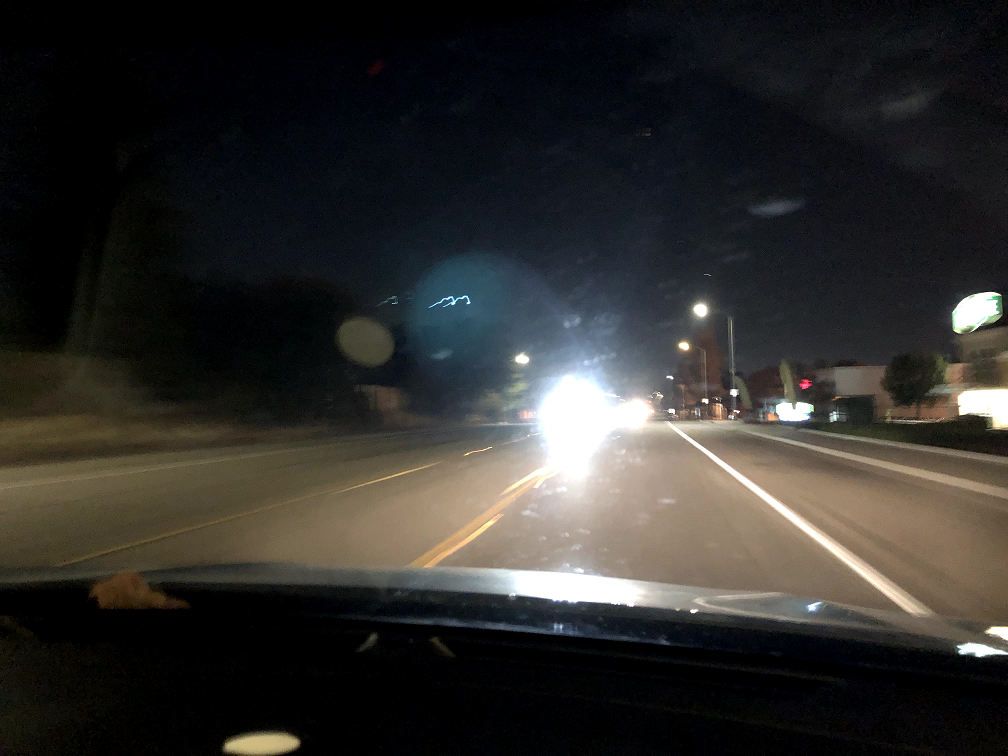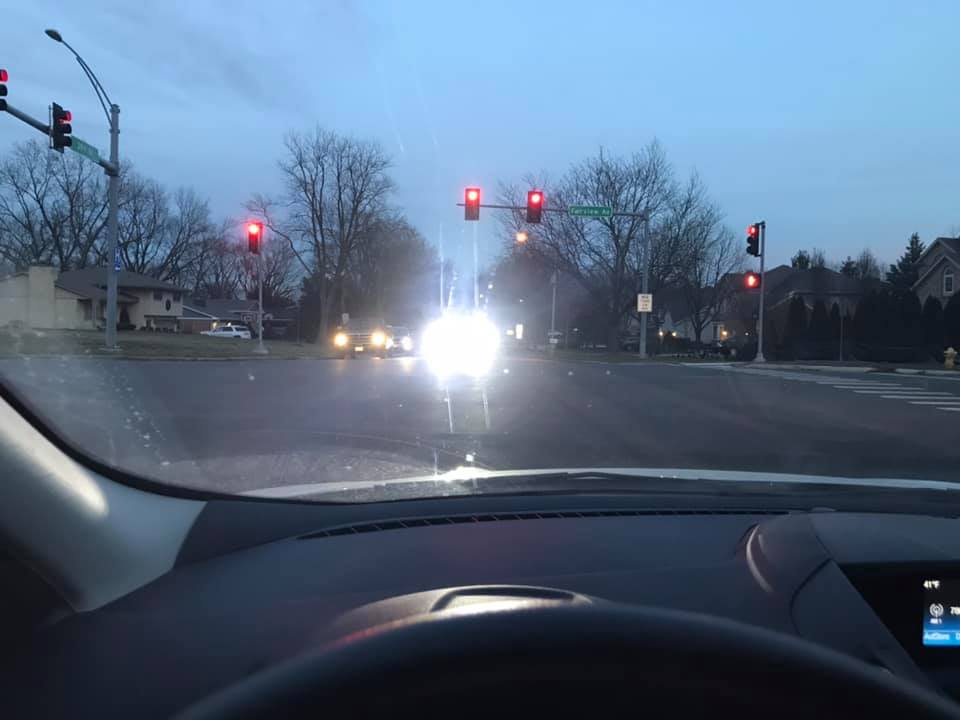Vehicle lights include headlights, Daytime Running Lights, tail lights, brake lights, turn signals, hazard lights, light bars, and flashing lights on police cars, ambulances, fire trucks and utility vehicles.
Headlights
Vehicle headlights should allow us to illuminate the road ahead, but should not harm the eyes, mental health or vision of any oncoming drivers or pedestrians.

National Highway Traffic Safety Administration (NHTSA)
NHTSA’s job is to regulate these lights to protect our eyes, our minds and our physical safety. Sadly, NHTSA has become mired in their own bureaucracy and seems incapable of regulating lights. Our goal is to fix that.
NHTSA uses the Federal Motor Vehicle Safety Standards, section 571.108 and known as FMVSS-108, to regulate vehicle lights. The link is to the Cornell Law School publication because the government’s own published version leaves out critical tables.
NHTSA uses luminous intensity measured in candela to regulate vehicle lights. Luminous Intensity is the amount of light within a given cone, so this measurement can tell you how many photons are at a given angle, no matter the distance. Using luminous intensity was probably reasonable for tungsten-filament lights and NHTSA previously focused on mostly the minimum amount of luminous intensity because most headlights were too dim. However, luminous intensity is not a sufficient measurement for LED lights because the density of the light is packed so tightly. The density of light is called luminance and is measured in candela per square meter, also known as nits. One of the reasons why the glare in the photo above is so overwhelming is because NHTSA does not regulate peak luminance.
NHTSA Legal Opinions
Legal response to proposal to use reduced intensity headlights when vehicle is stopped – Includes a reference to seizures.
Small discussion of maximum candela
Quote: “HID/LED conversion kits do not meet the requirements of FMVSS No. 108 and therefore cannot be lawfully imported into the United States or sold in the United States. See 49 U.S.C § 30112 (a)(1). As the law requires that any motor vehicle replaceable light source offered for sale in the United States comply with the requirements of FMVSS No. 108, it is illegal to manufacture, sell, offer for sale, import or introduce into interstate commerce any HID/LED kit that contains a replaceable light source whose base was modified or manufactured to be interchangeable with any regulated headlamp replaceable light source that incorporates a different light source design”.
“As for LED replaceable light sources for use in motor vehicles, FMVSS No. 108 requires, in part, that each replaceable light source be designed to conform to certain dimensional and electrical specifications. Thus, in order to use a replaceable light source in a replaceable bulb headlamp, a manufacturer must first have submitted certain information with respect to it (and its ballast if required), or it may use a light source (and ballast if required) if its specifications are already filed in Part 564. As of the date of this response, there are no LED replaceable light sources filed in Part 564”.- Leroy Angeles, Safety Compliance Engineer, NHTSA Office of Vehicle Safety Compliance, September, 2020
Vehicle Headlights
Vehicle headlights now come with HID and LED lights. These lights are brighter and more intense than previous headlights. These lights cause eye pain and glare. They are dangerous to oncoming drivers. These lights are being installed by the factory and as after market lights.

Evidence
Good Samaritan Killed During Attempt to Save Cat – July 13, 2021 – Quote: “the driver was blinded by approaching headlights”
Blinded by Brighter Headlights? It’s not your imagination. – New York Times, June 5, 2021 – Quote: his right eye “hurts so bad, sometimes I just want to pop it out.” – Read the 177 Comments.